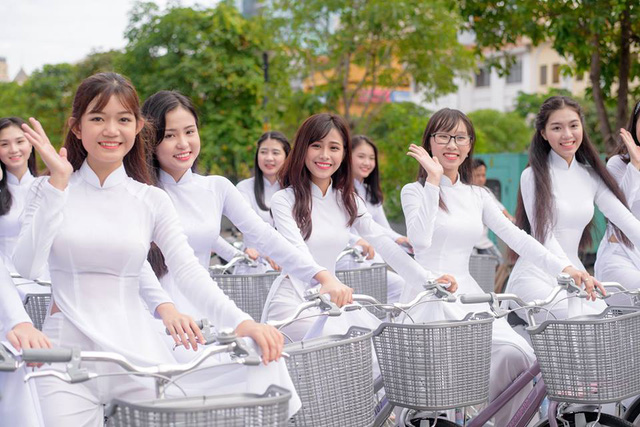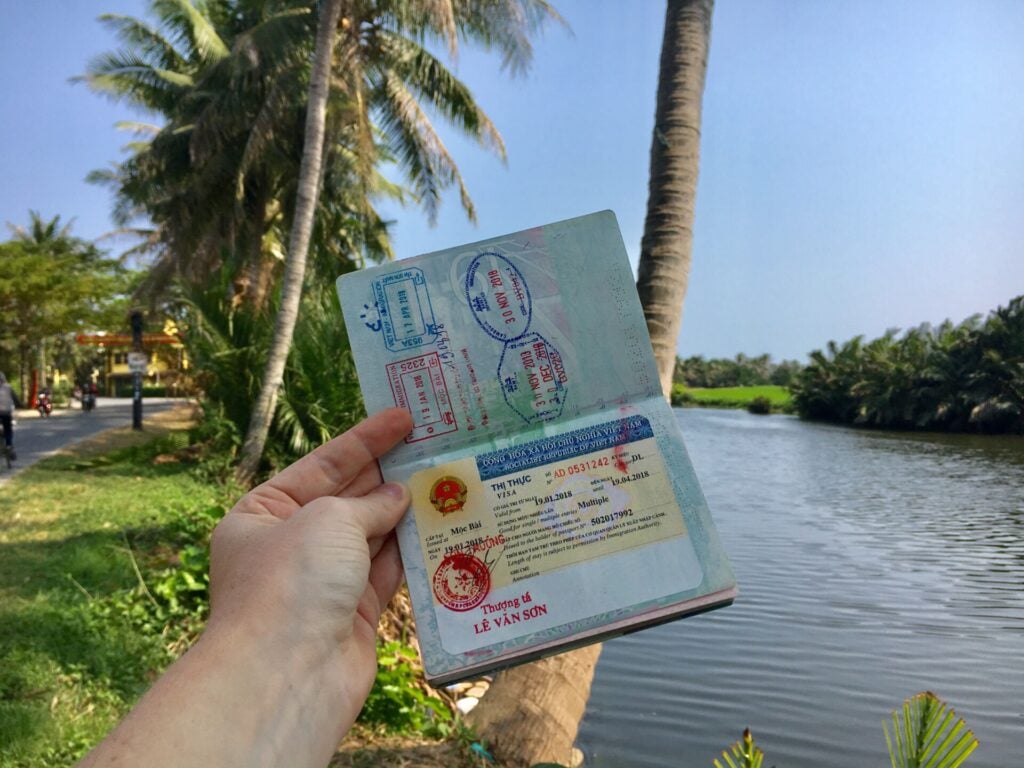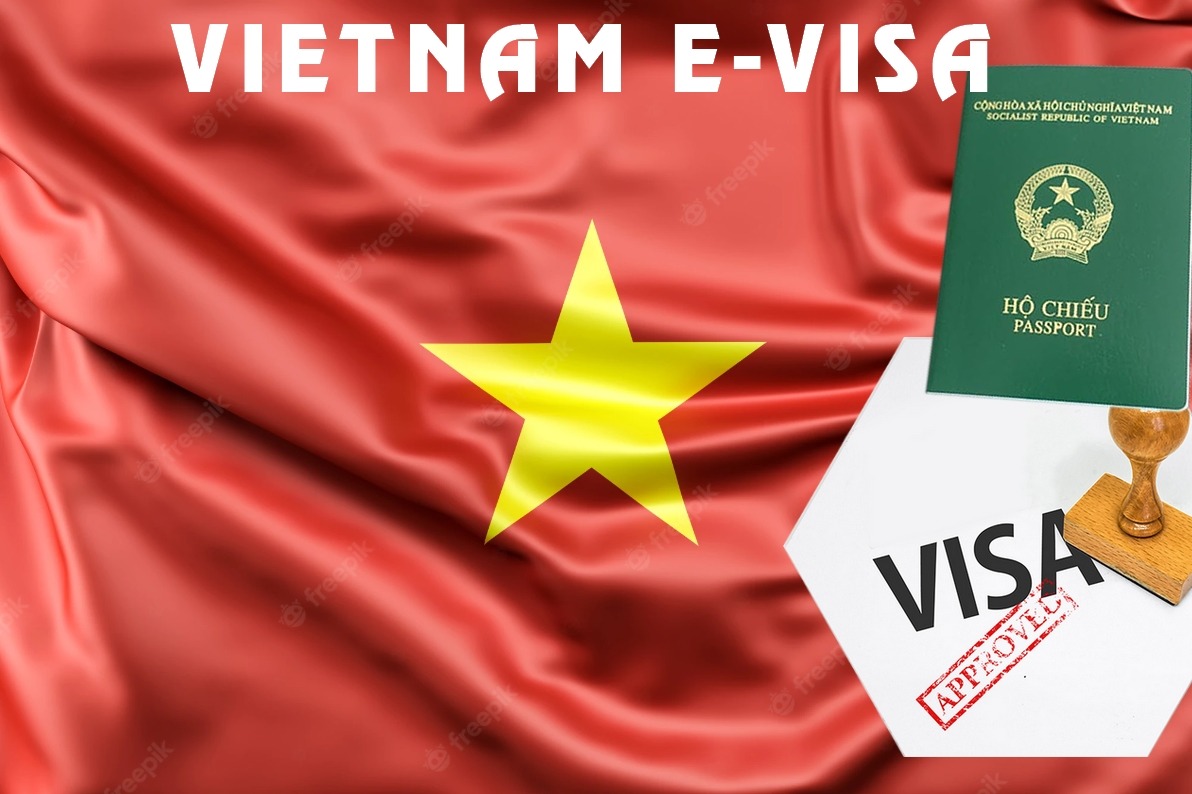
Vietnam Visa Guide for 2024 Online Application Walkthrough
In this comprehensive Vietnam Visa Guide, we aim to provide you with all the necessary information and insights to navigate the online application process for obtaining a Vietnam tourist visa in 2024. With many travelers facing frustrations and challenges when applying for visas, understanding the ins and outs of the application process can significantly enhance your likelihood of success and reduce stress before your journey.
Introduction to Vietnam Visas
Traveling to Vietnam holds the promise of vibrant culture, breathtaking landscapes, and unique culinary experiences. However, before embarking on this exciting adventure, one must ensure that they have the appropriate visa. A visa is not just a mere formality; it serves as an essential gateway allowing travelers to enter Vietnam legally and enjoy its myriad offerings.
Overview of Different Visa Types
Vietnam offers various types of visas catering to different travel purposes. The most common is the tourist visa, which allows visitors to explore the country for leisure. Other types include business visas, transit visas, and student visas. Understanding the specific type of visa you need is crucial since it determines the required documents, duration of stay, and the application process.
Importance of a Visa for Travelers
Having a valid visa ensures that travelers comply with Vietnamese immigration laws. It prevents potential hassles at the border and assures a smooth entry into the country. Additionally, possessing the correct visa type allows travelers to partake in activities pertinent to their visit, whether it’s tourism or business meetings. Therefore, being well-versed in your visa options is vital for a seamless experience.
Who Needs a Visa to Enter Vietnam

Understanding who requires a visa to enter Vietnam is fundamental for any traveler planning their trip. While the country has made significant strides in simplifying the visa process, knowing the specifics is key to avoiding unnecessary complications.
Visa-Free Entry Countries
Citizens from specific countries enjoy visa-free access to Vietnam for short stays, typically up to 45 days. This includes several Southeast Asian nations and select other countries globally. The ease of entering Vietnam without a visa encourages tourism and fosters international relations. If you’re from one of these nations, it’s essential to know the regulations surrounding your entry to maximize your time spent exploring.
E-Visa Requirements for Other Nationalities
For travelers from other countries, particularly Americans, Canadians, and Australians, an e-Visa is required for entry. This electronic visa simplifies the process by allowing applicants to submit their applications online rather than visiting a Vietnamese embassy or consulate. Understanding these requirements helps travelers prepare and avoid unexpected delays when attempting to enter the country.
Understanding the E-Visa System

The E-Visa system is a modern approach that allows travelers to obtain their visas conveniently through digital platforms. This system has revolutionized the way people apply for visas and has made traveling to Vietnam more accessible than ever.
What is an E-Visa?
An e-Visa is an official document that permits foreign nationals to enter, transit, or stay in Vietnam for a specified duration. This electronic version streamlines the visa application process, offering greater efficiency and flexibility. Travelers can apply from anywhere in the world using the official website, making it easier to plan trips without the hassle of paperwork or long queues.
Benefits of Applying for an E-Visa
Applying for an e-Visa brings numerous advantages. Firstly, it saves time and effort, as travelers can complete the entire application process online without needing physical appointments. Secondly, the e-Visa is often processed faster than traditional visa applications, ensuring that travelers receive their approvals promptly. Lastly, having a digital record of the visa allows for easy reference while traveling.
Preparing for Your Visa Application

Preparation is the key to a successful visa application. Knowing what is required ahead of time can make the process smoother and less stressful.
Required Documents
To apply for a Vietnam e-Visa, certain documents are mandatory. These generally include a valid passport with at least six months validity beyond your intended date of entry, a recent passport-sized photo, and a debit or credit card for payment. Having these documents ready beforehand can save you valuable time and energy during the application process.
Passport Photo Specifications
One crucial aspect of your visa application is the passport photo. It must meet specific guidelines, such as having a white background, being of high quality, and showing a clear view of your face. Many applicants fall victim to denial due to improper photo submissions, highlighting the importance of adhering to these requirements. Taking the time to ensure your photo meets standards can significantly improve your chances of a successful application.
Personal Information Accuracy
Accuracy is paramount when filling out your personal information on the visa application. Ensure that every detail—such as your name, date of birth, and nationality—is entered correctly. Even minor discrepancies can lead to delays or denials. Furthermore, double-check your entries against your passport to avoid issues later.
Step-by-Step Application Process

Navigating the online application for a Vietnam visa may seem daunting, but it can be straightforward if approached methodically.
Accessing the Official Website
Begin your application by visiting the official Vietnamese e-Visa website. It is essential to use the official site to avoid third-party services that may charge extra fees. Familiarizing yourself with the layout of the website will help you find necessary sections quickly, making the process smoother.
Filling Out the Application Form
Once on the website, you’ll find the e-Visa application form. Take your time to fill it out accurately. This step involves inputting personal details, travel information, and passport data. Remember that accuracy is critical, so take a moment to review each entry before submitting the form.
Uploading Necessary Documents
After completing the application form, you will need to upload required documents, including your passport photo and scanned copy of your passport. Ensure that these files are clear and meet specified size limitations. Submitting the correct documents is critical to securing your visa approval.
Vietnam Visa Payment and Fees

Like any service, there are associated costs with obtaining a Vietnam visa. Understanding these fees can help you budget effectively for your trip.
Breakdown of Visa Fees
The e-Visa comes with a fee structure depending on the type of visa you choose. Generally, a single-entry visa costs around $25, while a multiple-entry visa may cost around $50. Knowing these fees in advance allows travelers to prepare financially, ensuring no surprises during the application process.
Accepted Payment Methods
Payments for the e-Visa can typically be made using major credit or debit cards. It’s crucial to check beforehand what methods are accepted, as some travelers may encounter issues if they attempt to use unsupported payment channels. Being informed about accepted payment methods will foster a smoother transaction experience.
Troubleshooting Payment Issues
At times, applicants may face hurdles during the payment process. Common problems include browser compatibility issues or errors in entering payment details. The presenter in the instructional video emphasizes the importance of trying different web browsers if payment fails. Staying patient and persistent can ultimately lead to resolution.
Common Issues During Application
Despite the assistance provided, many travelers encounter challenges throughout the application process. Identifying and addressing these problems early can prevent complications later on.
Frequent Reasons for Visa Denials
Visa denials can stem from various issues, such as incorrect personal information, unacceptable passport photos, or failure to meet specific entry requirements. Understanding these common pitfalls can help applicants avoid mistakes that could result in denial.
Importance of Correct Photo Submissions
As mentioned earlier, the quality of your passport photo plays a significant role in the success of your visa application. Unclear images or those that do not adhere to guidelines frequently lead to rejections. As such, utilizing photo-editing apps or professional services to ensure compliance can increase your chances of approval.
Name Formatting Tips
When filling out your name on the application, ensure that it matches exactly how it appears on your passport. For instance, be mindful of middle names or initials, which can lead to inconsistency. Providing accurate formatting is essential to establish your identity accurately.
After Submission: What to Expect
Once you have submitted your application, it’s important to manage expectations regarding the processing timeline and the next steps.
Waiting Period for Approval
Typically, the processing time for a Vietnam e-Visa is about three working days. During this period, applicants should remain patient and refrain from resubmitting applications unless absolutely necessary. Understanding the timeline helps alleviate anxiety during this waiting phase.
How to Check Your Application Status
While waiting for approval, applicants can easily check their application status on the official website. By entering the application code received upon submission, travelers can monitor progress and be prepared for follow-up actions if needed.
Dealing with Visa Denials
Receiving a visa denial can be disheartening, especially after investing time and effort into the application. However, there are constructive steps one can take to resolve the situation.
Common Causes for Denial
As previously highlighted, common causes for denial include incorrect documentation, unclear photographs, or discrepancies in personal information. Recognizing these reasons is essential for rectifying issues and improving your chances of future approval.
Steps to Reapply Successfully
If faced with a denial, the best course of action is to carefully review the feedback provided, address the identified issues, and resubmit your application. Often, taking new, high-quality photographs or ensuring that all information is accurate can lead to a successful outcome upon reapplication.
Personal Experiences: Navigating Challenges
Personal anecdotes can provide valuable insights into the visa application journey, revealing lessons learned along the way.
Presenter’s Journey with Visa Denial
In the instructional video, the presenter candidly shares their experience of encountering a visa denial due to an unclear photo submission. This firsthand account highlights the significance of adhering to requirements and serves as a reminder that even small oversights can lead to larger repercussions.
Lessons Learned from Experience
Through trial and error, the presenter shares the importance of thorough preparation and attention to detail. With newfound knowledge, they successfully reapplied and secured approval, emphasizing that perseverance and willingness to learn from mistakes are vital components of the application process.
Tips for a Smooth Application Process
To ensure a successful application, consider implementing the following best practices and utilizing available resources.
Best Practices for Applicants
Adopt systematic approaches to organizing documents, reviewing application details, and preparing photos. Creating a checklist of requirements can streamline your efforts and minimize the risk of overlooking essential elements.
Tools and Resources for Assistance
Utilize online resources dedicated to providing guidance for visa applications. Forums and official governmental websites often contain FAQs and tips from previous travelers, helping you feel more equipped to tackle the application process confidently.
Notes
Throughout the visa application journey, there are key takeaways that can enhance your experience and preparedness.
Key Takeaways from the Application Process
Be proactive in understanding visa requirements, take care to submit accurate documentation, and stay patient during the waiting period. Each step taken diligently increases your chances of securing a valid visa for your journey.
Additional Resources for Travelers
Explore resources like government websites, travel blogs, and forums where fellow travelers share insights and experiences. These platforms can provide support and additional context to better understand the visa process.
Mistakes to Avoid
Being aware of common pitfalls can safeguard applicants against unnecessary setbacks.
Common Pitfalls in the Application Process
Overlooking details, failing to meet photo specifications, and submitting incorrect personal information are frequent mistakes. Awareness of these issues will help mitigate risks during application.
How to Ensure Correct Documentation
A thorough review of your application and supporting documents is crucial. Ensure that your passport is valid, photos meet guidelines, and all information is consistent. Taking the time to verify details can save considerable effort down the line.
Frequently Asked Questions
As prospective travelers embark on their journeys, questions often arise about the visa application process.
Can I extend my visa while in Vietnam?
Yes, travelers can typically extend their visa while in Vietnam. It’s advisable to consult local authorities or trusted agents who can assist with the extension process.
What should I do if my e-Visa is not approved?
If your e-Visa is denied, review the feedback provided and rectify any issues before resubmitting. Taking corrective measures increases your chances of receiving approval on your second attempt.
How can I check the validity of my visa?
You can verify the validity of your visa by referring to the approval notification received via email or checking the status on the official e-Visa website.
Conclusion
The journey to securing a Vietnam visa may present its challenges, but with careful preparation, attention to detail, and a proactive mindset, travelers can navigate the system successfully. By employing the strategies discussed in this Vietnam Visa Guide, you can enhance your likelihood of obtaining the appropriate visa and focus on enjoying your upcoming adventure in Vietnam. Remember, planning ahead and approaching each step methodically will lead to a more enjoyable and worry-free travel experience. Happy travels!

